Before we get to know the best places to see the Northern Lights or book northern lights tour packages, we should know what exactly is Aurora or these lights and how are they visible to us. In this blog you will also know the factors that will increase your chances to see the Auroras and what are the best places to see the Northern Lights in the Arctic Circle.
Contents
What is Aurora?
If you’re ever near the North or South Pole, you may be in for a very special treat. Frequently there are beautiful light shows in the sky. These lights are called auroras. If you’re near the North Pole, it is called an aurora borealis or northern lights. If you’re near the South Pole, it is called an aurora australis or the southern lights.
How are Aurora Lights Formed?
Even though auroras are best seen at night, they are actually caused by the Sun. The Sun sends us more than heat and light; it sends lots of other energy and small particles our way. The protective magnetic field around Earth shields us from most of the energy and particles, and we don’t even notice them.
But the Sun doesn't send the same amount of energy all the time. There is a constant streaming solar wind and there are also solar storms. During one kind of solar storm called a coronal mass ejection, the Sun burps out a huge bubble of electrified gas that can travel through space at high speeds.
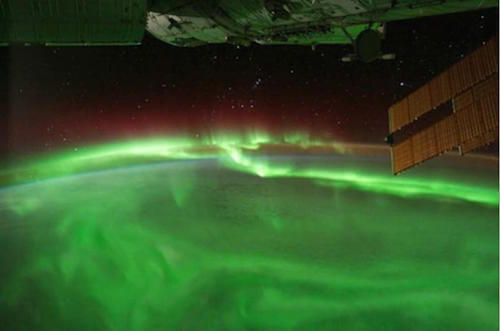
When a solar storm comes toward us, some of the energy and small particles can travel down the magnetic field lines at the north and south poles into Earth’s atmosphere. There, the particles interact with gases in our atmosphere resulting in beautiful displays of light in the sky. Oxygen gives off green and red light. Nitrogen glows blue and purple.
How to increase the chance to see the Aurora?
Is it Purely Luck! You might see Auroras from your aircraft (I definitely was Lucky) or you may not even see it all even after chasing them for weeks. Auroras could be and could not be seen through naked eyes in the Arctic Circle or the Antarctic Circle. It mostly depends on the following factors to get the chance to see the lights.
- Intensity of Solar Wind from Sun
- Darkness
- Clear Sky
It is important to check on the solar wind activity, you may do so by checking on the KP Index around you on the same day. I used My Aurora Forecast which you can easily download from Play Store or Apple Store for free. Solar wind, darkness and Clear Skies are really helpful specially when the intensity of the solar wind is not that high. If you are away from the city lights and have clear sky you have a very good chance of viewing the lights, depending on the KP index of course.
Where to go to see the Northern Lights?
When you ask any avid traveller about their bucket list, you will find that witnessing the Northern Lights tops most lists. But spotting this magnificent natural phenomena requires the perfect timing and the perfect location. The best time to watch this wonder of nature is anytime between December to March with the perfect location being in the Northern Hemisphere.
WOW Pro Tip: Remember, The higher the latitude, the better your chances of seeing the Northern Lights!
Talking about the Northern Hemisphere there are places in Alaska, Finland, Norway, Greenland, Sweden, North Canada and Russia from where the Northern Lights are also visible.Here is a comparison on which country to pick:
1.Greenland
This country is one of the best places to witness the Lights. But accessibility is a major problem for this place. This sparsely populated country offers the best view of Northern Lights but only if you can manage to get access to the small town of Kangerlussuaq in Greenland.
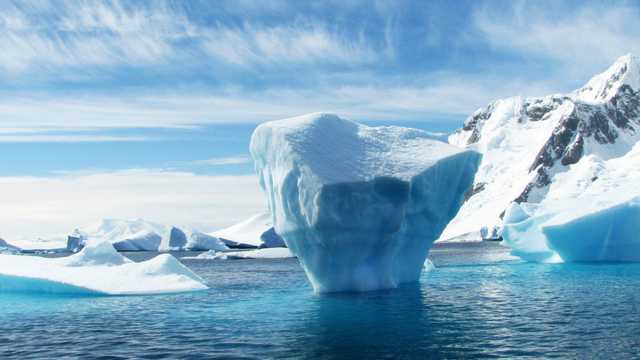
Where: Southern Greenland is ideal, as too far north exits the aurora zone. You will want to base yourself in Ilulissat or Nuuk, which both offer unique aurora tours.
When: Mid August – late April.
2. Iceland
The nation of Iceland is also a great place to spot the Lights and actually for Iceland tours for women. Volcanic landscapes, geothermal hot springs, and majestic waterfalls are but a sliver of Iceland's allure. Here the aurora can be spotted from the comforts of thermal hotsprings, or the serenity of your own private campervan in the untouched wilderness. However, it is one of the more expensive places on this list to visit. Want to know How to Plan a Trip to Iceland?
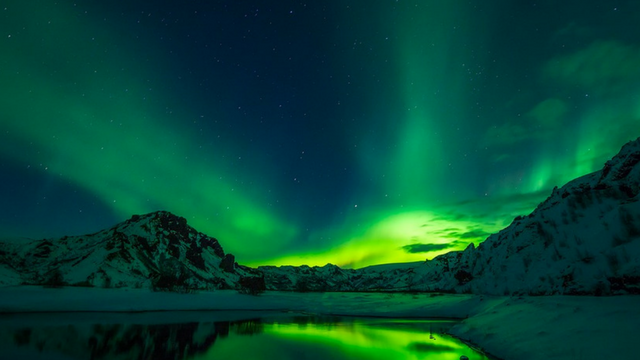
Where: All of Iceland – check this thorough guide here. Some great options include: Seltjarnarnes in Reykjavik, Vik, Látrabjarg/Westfjords, Eldborgahraun, Djúpavík for Iceland tours from India.
When: Early September to the end of April.
3. Alaska, US
This place in USA is another perfect destination for wanderers wishing to chase the Northern Lights. But be prepared for an expedition! You will be experiencing temperatures as low as -45 deg C.Alaska is one of the best places on earth for spotting aurora. Here the cold weather, clear skies, and dark nights make for optimal aurora spotting conditions. But don't let the chilly nights put you off – you can even aurora-gaze from steaming hot springs. With an abundance of epic wildlife (grizzly bears, polar bears, moose, eagles, and more) and infinite mountains, Alaska has plenty to offer beyond the lights.
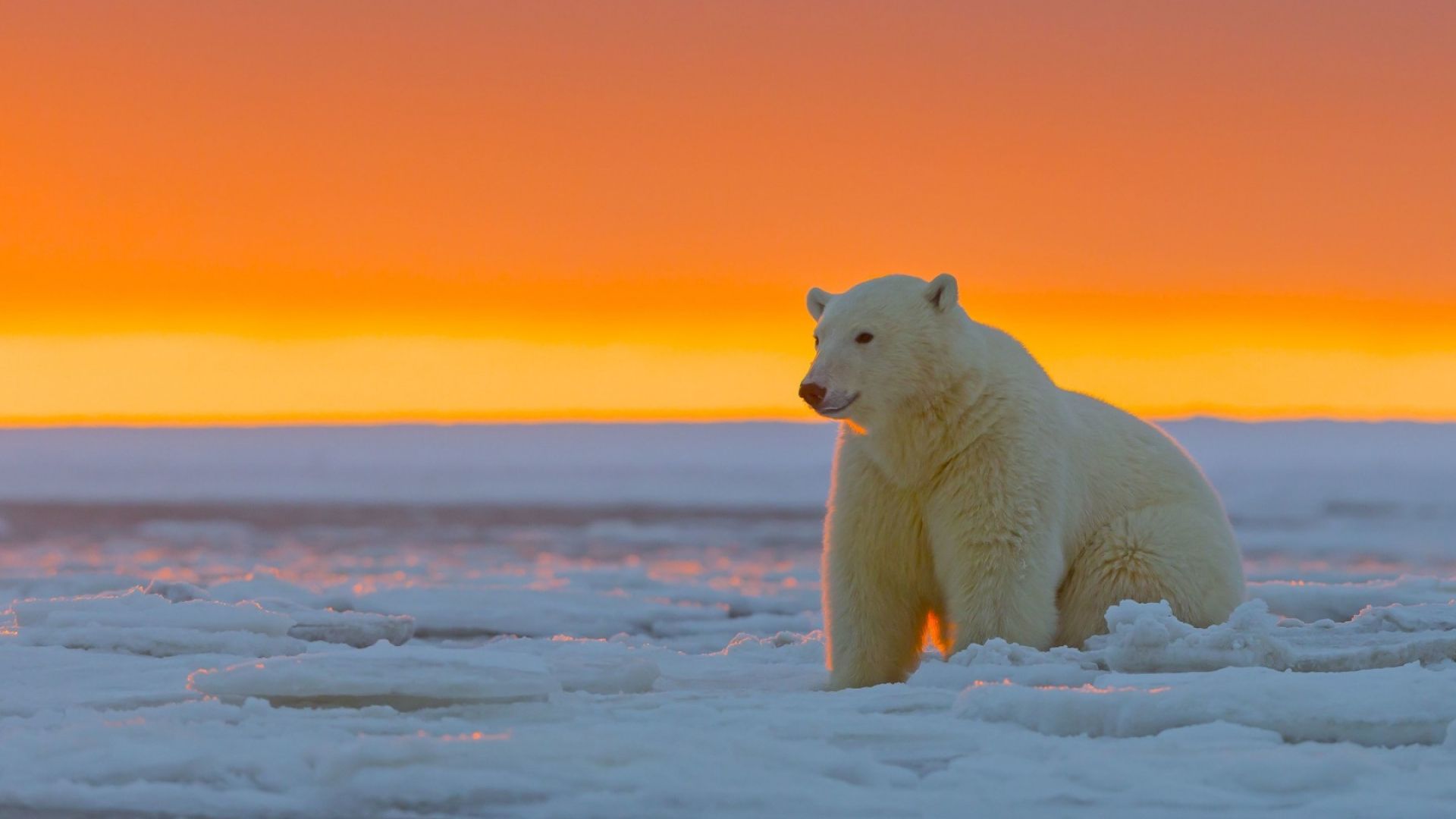
Where: Nearly all of Alaska is great for aurora spotting, though Fairbanks is located in the aurora oval and is a good base for travel. Those pressed for time can do a condensed trip from Vancouver.
When: Winter months are ideal due to longer nights, but year-round is possible.
4. Sweden
Abisko in Sweden attracts tourists from around the globe during the the Northern Lights season. The place where this elusive and ethereal sight, can be witnessed is 70 miles northwest to Abisko National Park. This is a great location, (but not as close to the arctic circle as Norway is).
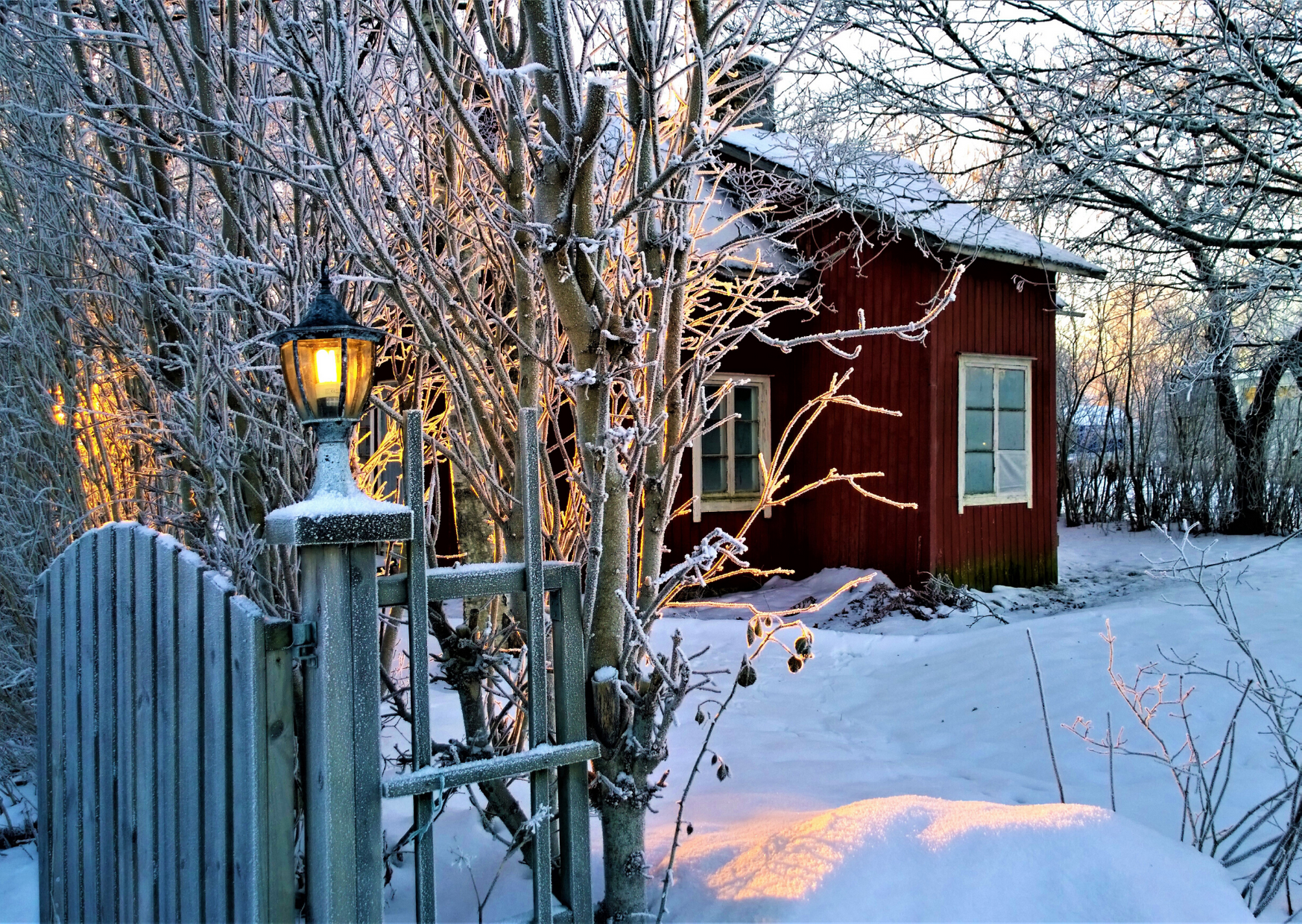
Where: Most of Sweden is optimal once you escape city lights. Your best bet is generally from the Northern border with Norway to Jokkmokk. Some places include Abisko, Tärendö, Jukkasjärvi, and Farnebofjarden National Park (just 140km from Stockholm).
When: September to the end of March.
5. Finland
This place is no doubt one of the best places to spot this splendid natural light show but the low temperatures are the matter of concern here. It might get difficult to spot the beautiful auroras while shivering throughout the night.You may choose to stay in a purpose-built glass igloo to enable aurora viewing right from the comfort of your warm bed. Want to know How to Plan a Trip to Finland?
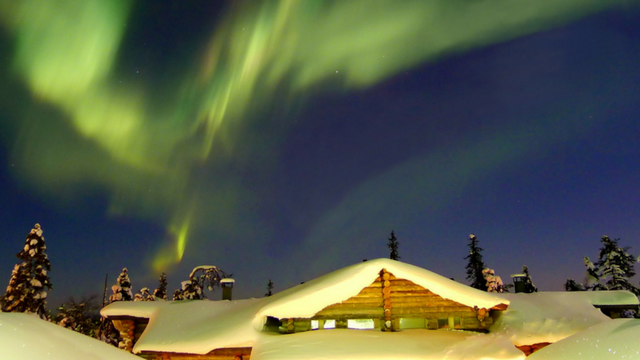
Where: Just about anywhere (away from city lights) – far north is your best bet. Kakslauttanen is a popular spot with gorgeous glass igloos.
When: September to March.
6. Norway
Svalbard and Tromso in Norway are the two cities which attracts thousands of travellers every year to witness this spectacular natural light show. Located between the 74th and 81st parallel north, this region lies deep in the Arctic circle. (Deeper than any of the locations above, with the exception of Greenland).
Plus there is the Polar Night phenomenon. You’ll find the region without daylight and instead bathed in a blue twilight which makes spotting the lights much easier. Apart from the Northern Lights, Norway is a country of almost incredible natural beauty. From its fairy-tale like fjords to its glacier plateaus, Norway is one of the most beautiful countries in the world.
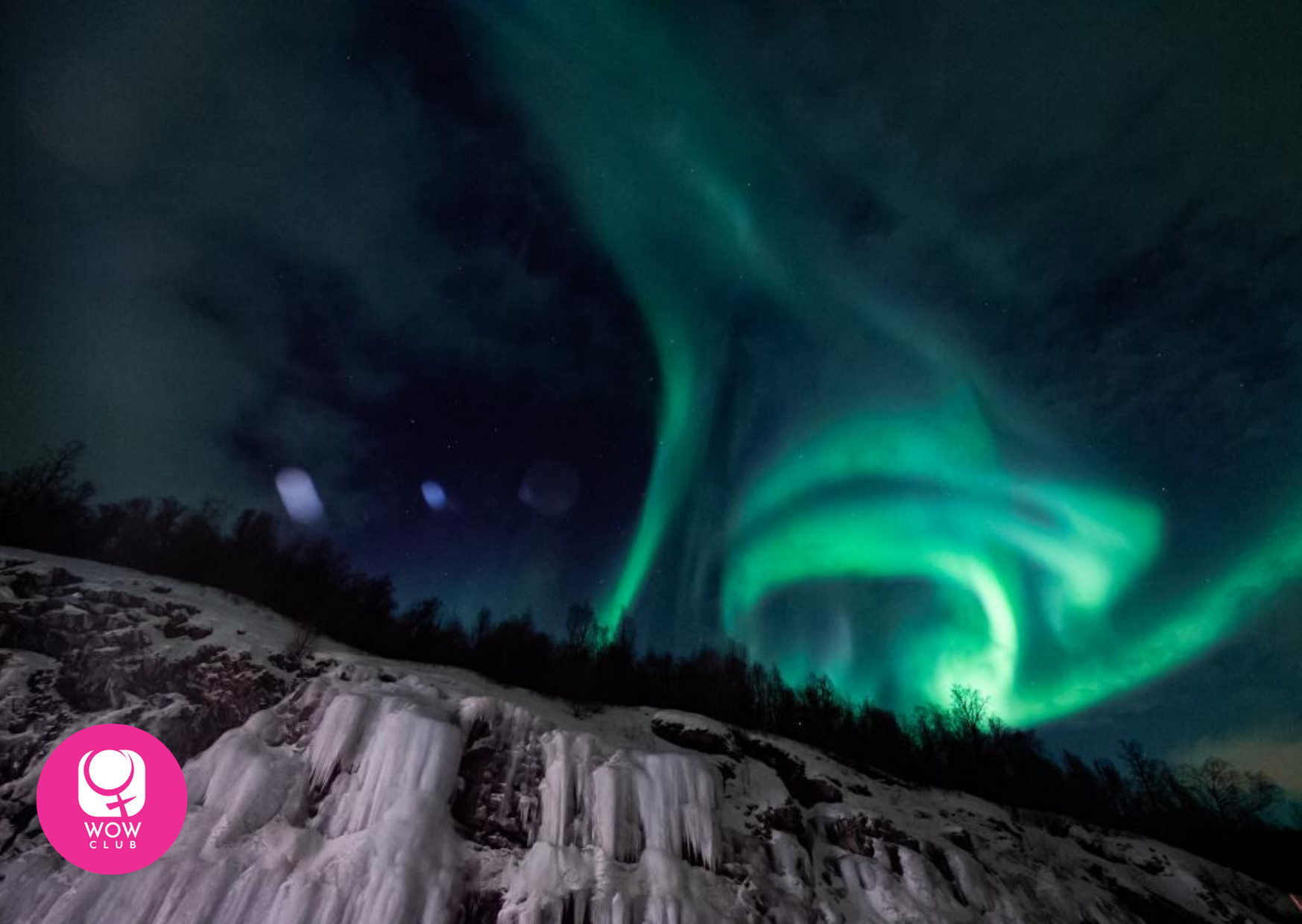
Where: There are many hot spots on offer here but some good ones include Svalbard, Tromso, The Lofoten Islands, Harstad, Bodo, Alta, Andoya, and Lakselv.
When: October to March.
7. North Canada
Canada seems like a long way to travel in search of the Northern Lights but when it is somewhere like the Yukon, the journey is more than worthwhile. This is a vast and still wilderness punctuated by the occasional town and village. Otherwise, there is very little except for untamed wilderness where bears and caribou roam freely below jagged snow-covered peaks. The late 1880s gold rush started on the Klondike River here in the Yukon and it’s amazing to think of thousands upon thousands of badly equipped prospectors fighting their way across this land. Their toils were immense but they must have taken some considerable solace from the spectacular Auroral displays which regularly fill the night sky here in Northern Canada.
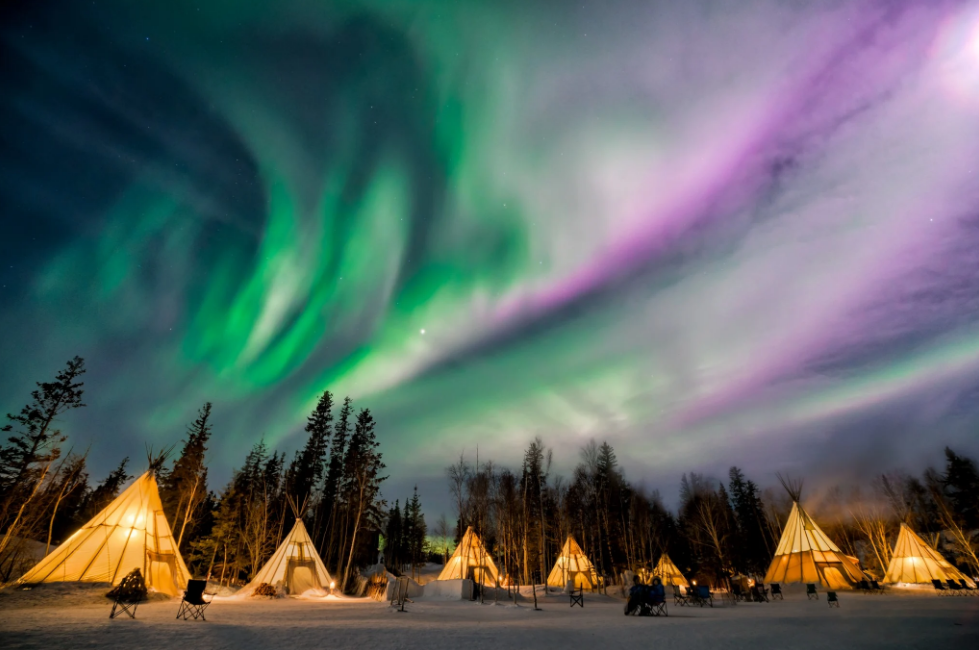
Where: The Northern region of Canada is best – mainly Yukon, Northwest Territories, and Nunavut (though there is less aurora tourism here).
When: Late August to mid April.
8. Russia
A large part of Russia lies within the Arctic Circle, making this massive continent a gold mine for aurora spotting. The Kola Peninsula is a prime location, with the town of Murmansk being an accessible base. To compensate for the short, dark, cold days of winter, the northern lights brighten the sky with vivid displays of colour. Parts of Russia’s northernmost regions, above the Arctic Circle, are some of the best places to see these dazzling displays. So, if you’re hoping to catch a glimpse of them, you may also visit Murmansk, Arkangelsk, Yakutia, Taimyr Peninsula or Vorkuta in Russia.
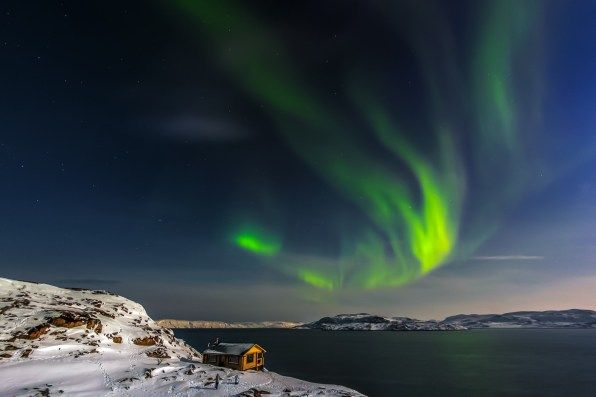
Where: Many regions in the north, although more tourist-friendly areas accessible from St. Petersburg include Murmansk, Arkhangelsk, Petrozavodsk.
When: September to March, although January and December are optimal due to the complete absence of sun for 6 weeks in some northern areas.
WOW Pro Tip: There are many unexpected places globally to spot the aurora, however we have only mentioned locations with the best odds of sightings. For instance, the Faroe Islands, Estonia, Scotland, Ireland and parts of China see the Northern Lights, but the frequency is so sporadic that we have excluded them from this list.
10 Things you MUST know About the Northern Lights
- Don’t go for the Northern Lights; go for the destination.
Sometimes you might plan a trip just to see the Northern Lights, You will be really be disappointed if you don’t see them at all. Instead, plan the itinerary in a way that each destination gives opportunities to see other highlights, go sightseeing, and to indulge in adventure. Your adventure will be a memorable one when you have activities planned that are really exciting and spotting the Northern Lights is an added bonus if they do come out to dance. - The Northern Lights are unpredictable.
In order to see the Northern Lights, you need a dark, clear night. They are visible from late August to early April anytime during dark hours. There also needs to be solar flares on the sun or solar wind; the Aurora Borealis happens when particles from the sun enter Earth’s atmosphere and collide violently with gas atoms. But the fact is, the Northern Lights are unpredictable. You might have clear nights when the Aurora forecast might be level 4 (high) activity and you wouldn't see a thing. The Aurora forecast might state level 0 (no activity) and you might be still be able to see the lights.
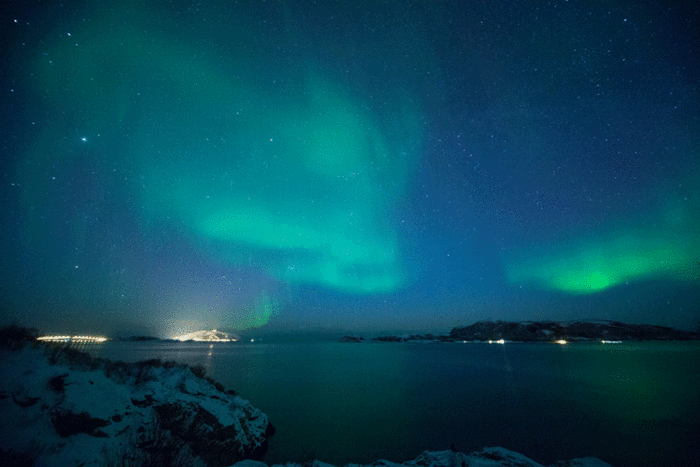
3. It doesn’t have to be cold to see the Northern Lights; it just has to be dark.
The Northern Lights are actually active all year round. But because they are only typically visible in the aurora zone between 65° and 72° North, they are not visible from April through August when the aurora zone experiences nearly 24 hours of daylight. People just tend to associate Northern Lights with the cold since they are visible in the winter months, but I have seen them in Alaska in August in very comfortable temperatures.
4. The weather in the Arctic can change in the blink of an eye.
The weather in the Arctic is as notoriously unpredictable as the Northern Lights themselves. It’s not unusual to have sunshine, clouds, rain, sleet, hail, snow and high winds all in the same day. Just because you wake up to crystal clear skies, that doesn’t mean those crystal clear skies will stick around until Northern Lights viewing time once it’s dark out.
5. You Have to put effort into seeing the Northern Lights.
In cities like Tromso and Reykjavik, you might be able to see the Northern lights from your Hotel rooms if you are lucky. However, mostly you will have to put efforts to drive far off from the city lights, drive off road or maybe gaze the sky in intense cold outside your vehicle. But trust me when you see the Northern Lights dancing all over the sky, this will all be worth it and you won't mind the cold or the road journey at all.
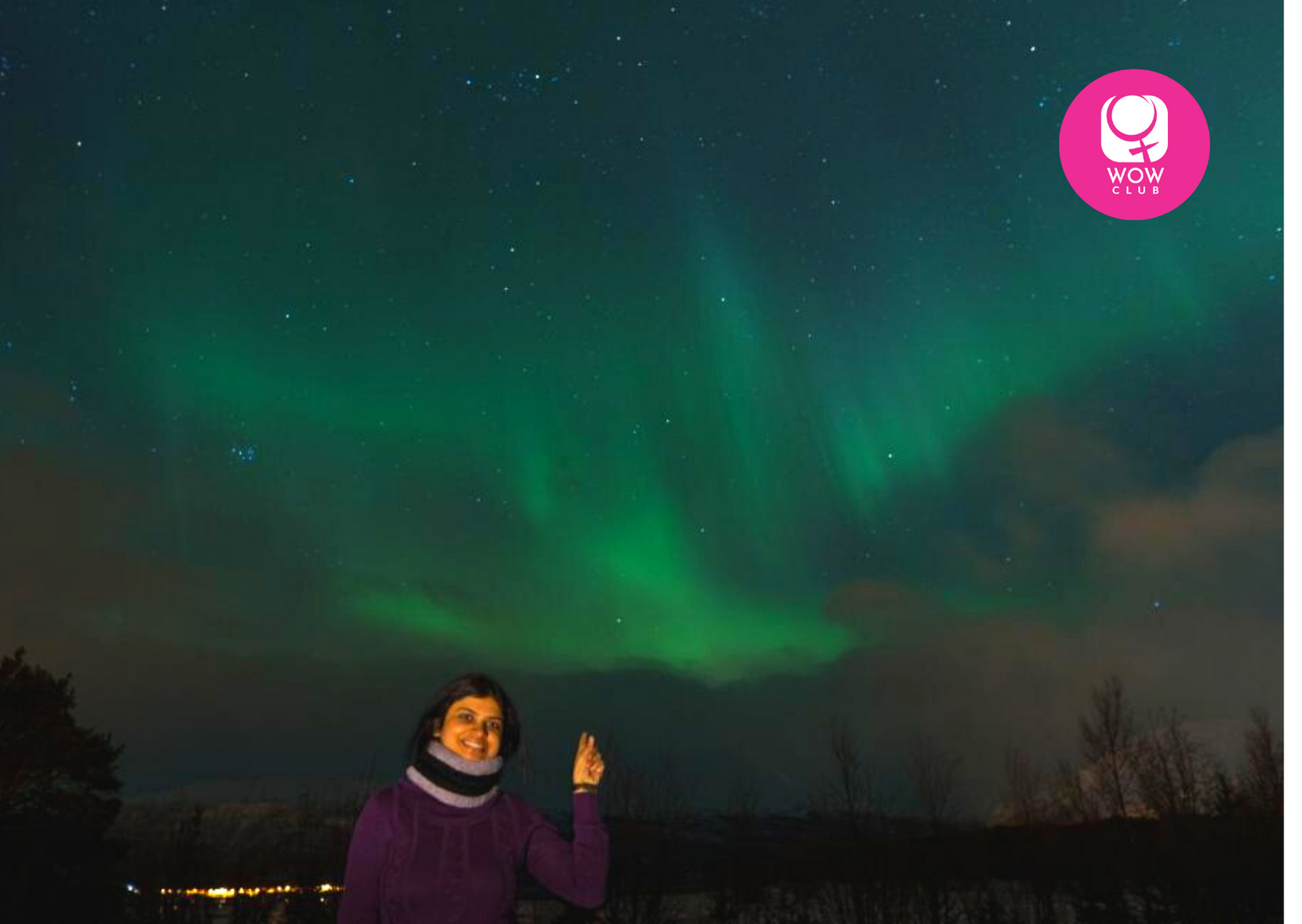
6. Look in the direction 'North' when hunting Northern Lights.
If you are not sure where to look for the initial activity of the lights, the best bet would be to look North. If you are not sure about the direction, check the Compass on your phone or ask a local. The Aurora is unpredictable and can be very short lived. And when it is dim, it can look like a wispy gray or white cloud so it can also be easy to miss.
7. The Aurora Borealis appears in a spectrum of colors; Including white-gray.
The unique colors of the Northern Lights are created by the Earth’s spectra of gases and the height in the atmosphere where the collision of particles from the sun and the Earth’s gases takes place. Our naked eye can most easily see the green-yellow part of the spectrum due to presence of Oxygen. You might see pinks and Blues if the solar wind is in contact with Nitrogen. Green is the most common color observed but the Northern Lights can also appear white-gray. And a cloudy night if you’ve never seen them before, you might not even be entirely sure of what you’re looking at.
8. You can see the Northern Lights even during the full moon.
Yet another misconception people have about how to see the Northern Lights is that you can’t see the Aurora when there is a full moon. If the activity is there you might actually see the Northern Lights with a full moon and it is actually like an effect. The moon illuminates the foreground and produces a much more blue-black sky.
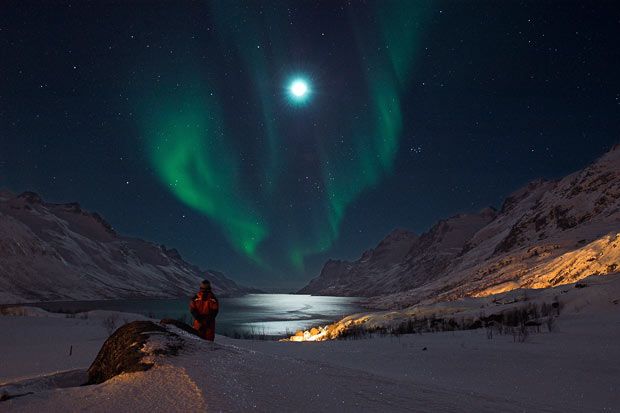
9. The closest the Northern Lights ever come to Earth is 80 kilometers above the surface.
The Northern Lights often appear to shoot out of mountains like lava out of a volcano, yet it’s all just an optical illusion. The closest that the Northern Lights ever come to Earth is 80 kilometers (50 miles) above the Earth’s surface. In comparison, airplanes fly about 10 kilometers above the surface.
10. The Northern Lights are NOT going to disappear.
Scientists do believe, that the Northern Lights brighten and become more visible in line with the sun’s activity. The sun has what scientists refer to as a solar life cycle and it occurs over the duration of about 11 years. The sun is currently in its solar minimum, the period of the least solar activity. In next few years till 2025 it is going to increase. That does mean that now and in the next few years is the best time to go on a Northern Lights chasing trip because the chances of seeing them are increasing. But they are not disappearing altogether even after 2025.
Photography Tips for Northern Lights
Here are few things you should not miss carrying with you while going on a Northern Lights trip.
- Manual camera and wide-angle lens
- Tall and solid tripod
- Shutter release cable
- Airtight Waterproof Dry-bag
- Spare Batteries
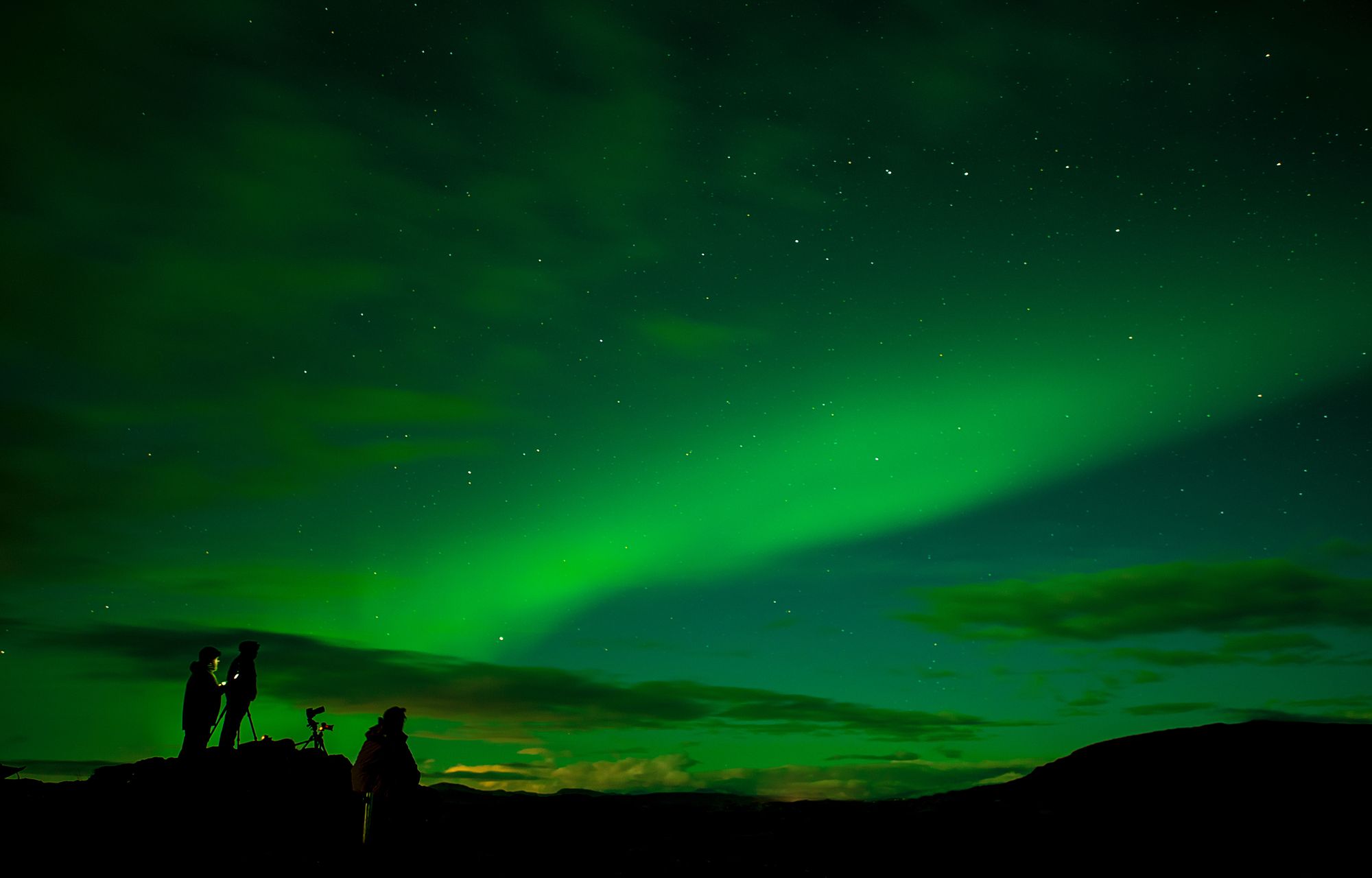
Once you've gathered all your gears, it's time to get snapping. Here are some tips for how to photograph the Northern Lights effectively.
- Avoid towns and other light sources. You will be able to capture the Aurora better when you are out in the dark
- To ensure sharpness in the picture, be certain the shutter speed is no slower than 1/200th sec
- Use a tripod or monopod to secure stability
- Use a fast lens
- Set the camera at a high ISO value to keep the shutter speed as fast as possible
- Set your lens to infinity focus and start shooting
If you are using your phone to click Auroras, it might be tricky but yes it is possible. Firstly you have to REALLY Steady with your hands (better use a tripod for phone). Easiest suggestion I can give is to download the Northern Lights Photo Taker which most of the people around me without DSLRs downloaded on their Iphones. However, my Iphone 11 Pro's regular Camera (without Flash) worked OKish. Here is one of the picture I clicked through my phone.
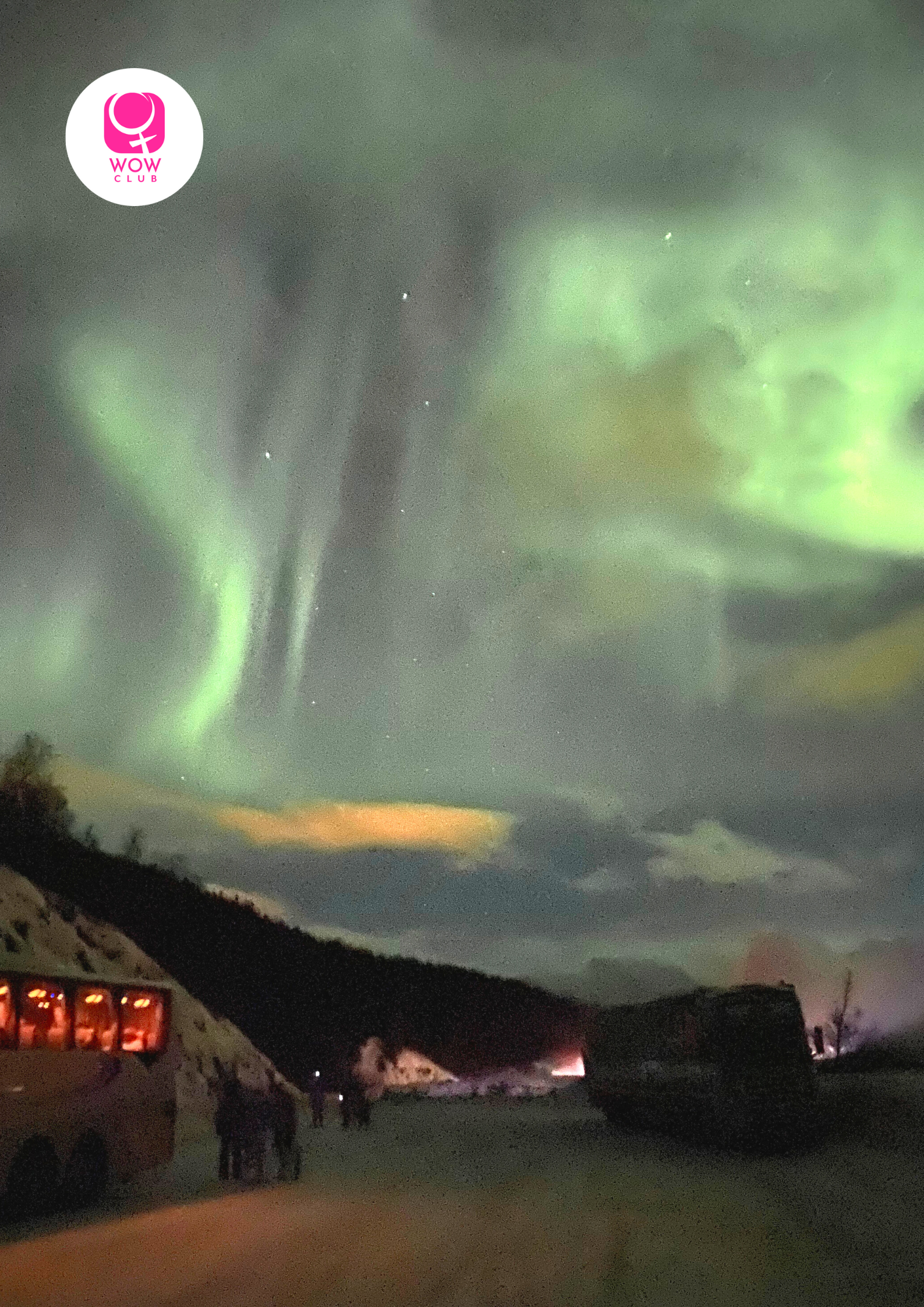
Safety Matters
- Lapland and Iceland enjoy low crime rates, and public transport is safe and efficient.
- One of the main hazards can be driving – especially during winter, when it is a legal requirement to use snow tyres, preferably with studs. Check the laws for the country you intend to drive in. Engine heaters are also recommended. Black ice is a particular danger when the temperature is just below freezing.
- Look out for wildlife – collisions with deer are common, and accidents caused by moose can result in serious injury, and even death.
- Snowmobiles may only be driven by those with a driving licence.
- Generally in these regions, drink/drive laws are extremely strict and heavily enforced. Drinking is therefore not advised, especially in icy conditions.
- Be aware that in winter, weather conditions can change very suddenly, particularly in mountainous regions
As illusive as the Northern Lights can be, this majestic sight is well deserving of all efforts to witness them. Still confused where to start from? Click here to get a personalized trip planned to chase the Northern Lights tour packages with WOW.




